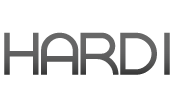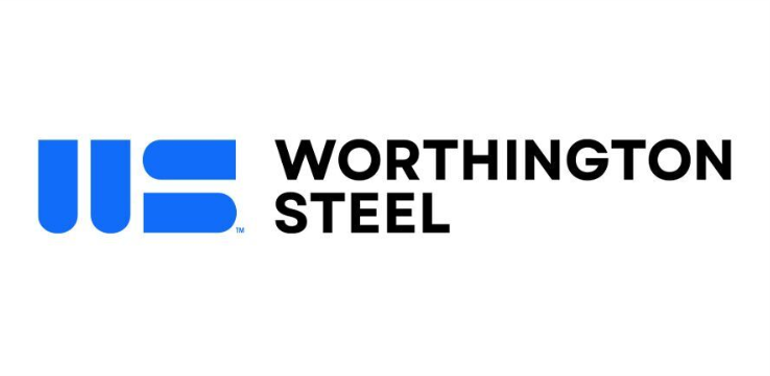Service Centers

HARDI: Availability, Pricing are Key Issues for Wholesalers
Written by Sandy Williams
March 20, 2018
Steel supply and pricing were the main topics discussed during the March 20 Heating, Air-conditioning, and Refrigeration Distributors International (HARDI) conference call.
The Section 232 tariff on steel will go into effect on Friday, March 23, but HARDI members are already seeing an impact in the market.
Steel prices are up $6/cwt since the last HARDI call, said call moderator Robbie Thompson from Conklin Metal Industries. Lead times are into May, and most mills are on an inquire-only order basis. Panic is rampant in the market as steel users try to determine how the 25 percent tariff on steel will impact supply and pricing.
SMU Publisher John Packard gave an update on the Section 232 action, noting that the process for requesting exclusion from the tariff has been published and forms are now available. Steel on the water that is not in and out of customs by the deadline will have to pay the 25 percent duty or be put into a warehouse until duties can be paid or exclusion obtained.
Slabs, used by HVAC galvanized suppliers NLMK USA and California Steel Industries, are affected, and some sources estimate these mills may be out of inventory within the next 60-90 days. The only domestic blast furnace coming back online currently is one furnace at Granite City with approximately one million tons of annual pig iron capacity. Granite City has been running using slabs from other USS facilities and may not have that much impact on supply. AK Steel says it is not re-opening Ashland at this time.
Steel availability is an issue at the two large service centers on the call. The mills are using a controlled inventory process and order books, if open, are out through May, if not longer. Credit capability is tightening with recent interest rate hikes and two or three more expected this year. The credit line that could buy “X” amount of tons a few months back now buys less as the price of steel has increased. Smaller companies are getting squeezed in the process.
A Midwest wholesaler said demand is decent to strong. Sales are increasing as people rush to buy steel for upcoming jobs. Pricing is sky high, he said. Accountants are becoming involved on purchase orders due to higher prices and the size of invoices. Where the buyer used to make the decision and cut the purchase order, now accountants are stepping in to review the buy and in some cases saying no to the deal.
There is a concern among several wholesalers that their customers are loading up on inventory to cover jobs that may be on the books out one to three months or longer. The expectation is this will result in a hole in their order books in a month or two, and they are being very careful on how they order steel.
Manufacturers of steel-intensive products like furnace pipe and fittings have been expressing some anxiety. These buyers of foreign steel are concerned about how the exclusion process is going to work and where they are going to be able to get material.
Packard noted that a price increase of 7-10 percent recently went out on pipe and fittings and buyers can expect another one in two to three months at the same rate or higher. Any Section 232 exclusion request, for example on 0.12″ material, would be exclusive to the petitioner and the production from a specific foreign manufacturer or trader. The process is much more constrained and difficult, said Packard, and probably more expensive because of the need for an attorney to guide one through the request. Requests for exclusions will be public knowledge.
Packard pointed out that the U.S. trade officials making the decisions on exclusions are former steel mill lawyers and trade advisers, so it is “pretty well stacked against manufacturing at this time.” Buyers will have to wait to see how the process progresses and how quickly (and fairly) the DOC responds to the exclusion requests.
With domestic galvanized prices at a $50 dollar base price, foreign galvanized products will be competitive even with the 25 percent tariff, said one service center caller. “Although we will see prices going up a little higher, I don’t think we will see 2008 at the $60 base price range simply because foreign mills know where they need to be.”
“I have a different take,” said the owner of a large galvanized service center. “I see availability as the key issue; pricing is not the issue because we have to pay what’s out there. But availability is getting tighter and tighter from my perspective. Mills are holding us to the tons we’ve agreed upon. I do believe that pricing is going to skyrocket, not that it hasn’t already, but it will be much more.”
HARDI members have not seen projects being pulled because of higher steel prices yet, but they are expecting it will happen as projects that were bid at lower prices will no longer come in on budget. One service center caller said, “We have seen customers looking at buying larger sums of steel to try to protect themselves or reduce the risks for the projects.”
“The question is when imports will start to arrive. We think they are a couple of months out, hitting in July or August. Then we’ll see another dip and service centers will at some point have to start backing off on their purchases, because you’re not going to want to start bringing in a lot of the highest price steel at the peak,” said another service center caller.
“I certainly believe that with a large tariff you will see foreign steel coming back because of the way domestic prices are going. I think they will go much higher, and that will allow foreign steel to come back at prices that are way higher. I personally think you will see a $60 base price in galvanized,” he added.
Callers noted that buyers are already signing off on orders for tons with the 25 percent tariff added because they need the steel for production.
Packard said it may be May before a significant drop in imports is apparent.
Most of the callers said they have enough steel for the time being, but are allocating it and sometimes turning down new customers. There were also discussions about the number of late orders coming out of the steel mills. Buyers think they will ultimately get this steel (which is at much lower prices than current replacement costs), which will help smooth out the market for them.
Trucking is also a thorn to the wholesalers, who said the Midwest and Northeast are the worst places to try to get a truck to move steel quickly.
Steel Market Update participates in a monthly steel conference call hosted by HARDI. The call is dedicated to a better understanding of the galvanized steel market. The participants are HARDI member companies who are wholesalers, service centers and manufacturing companies that either buy or sell galvanized sheet products used in the HVAC industry.

Sandy Williams
Read more from Sandy WilliamsLatest in Service Centers

Reliance reports record tons sold in Q1
A factor in the sales was customers buying ahead of tariff-related price increases.

Galv buyers notched strong Q1, but see uncertainty on the horizon
Participants on the HARDI Sheet Metal/Air Handling Council call said underlying demand is solid but there are slower pockets in some markets.

GM names Worthington a 2024 Supplier of the Year
This is the Ohio-based steelmaker’s fourth time winning the award.

Olympic taps Hegler for GM role at Action Stainless
Olympic Steel has named Alex Hegler as general manager for its Action Stainless facility in Rock Hill, S.C.

Olympic opens new Houston facility for Action Stainless unit
Olympic Steel has opened a new facility in Houston to support its Action Stainless business.
